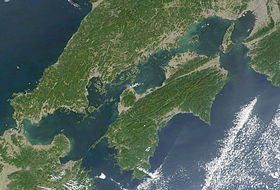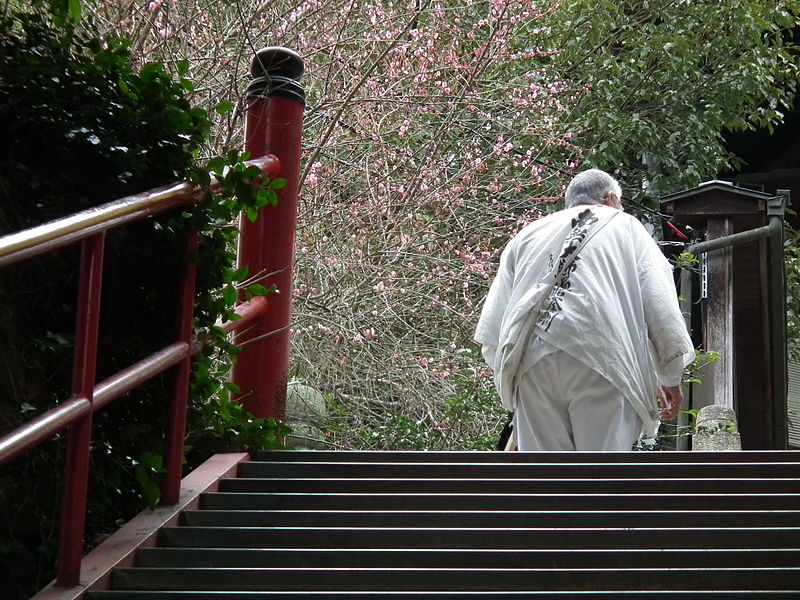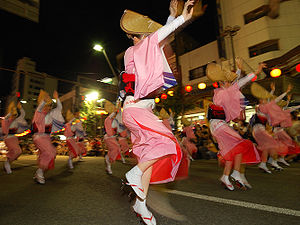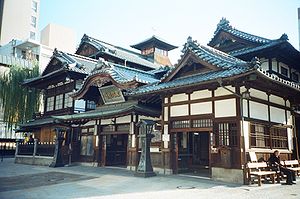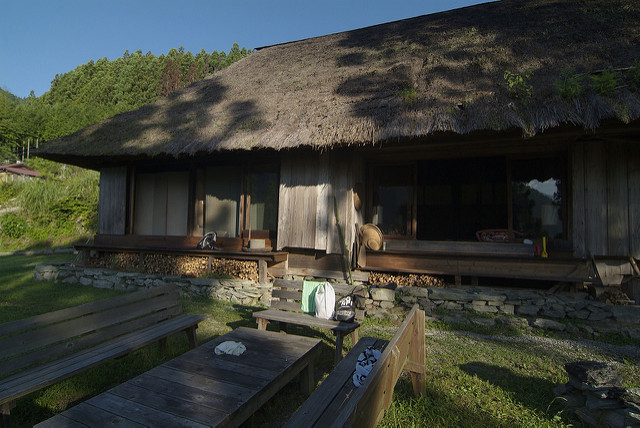
The Japanese frontier?! 6 recommended spots in Shikoku
Japan is made up of many islands, with the four major ones being Honshu, Hokkaido, Shikoku, and Kyushu. The area called Shikoku is an island that is 18,300 km sq. Here is a careful selection of Shikoku's most attractive features.
This post may contain affiliate links. If you buy through them, we may earn a commission at no additional cost to you.
The reason Shikoku is called Japan's frontier
Actually, Shikoku is the only area in Japan where foreign hotels have not been built.
It's overflowing with nature and there are many interesting cultural artifacts and experiences offered, so why not?
That expensive?! The fare to cross the bridge to Shikoku
One of the bridges that connects Honshu and Shikoku, the Great Seto Bridge.
To go to Shikoku, you can fly, take a ferry, or drive over bridges, but driving is going to cost you a pretty penny. The debt from building the bridges has only inflated, and in 2014, they hiked up the tolls immensely. "Make no mistake, this is definitely the frontier!" you might say.
Akashi Kaikyou Bridge + Oonaruto Bridge (Kobe Nishi - Naruto) 3800 yen → 10250 yen
Akashi Kaikyou Bridge + Oonaruto Bridge (Tarumizu - Naruto) 3650 yen → 9950 yen
Great Seto Bridge (Hayashima - Sakaide) 2850 yen → 7700 yen
Nishiseto Expressway (Onomichi - Imabari) 3300 yen → 8850 yen
Here are the recommended spots in Shikoku if you want to go to remote areas
Shikoku is an island that's a little hard to get to.
Specifically because it is so inconvenient, it is full of unique charms.
1. Shikoku Hachijyuuhakkasho (the 88 temples of Shikoku)
You put on white clothes and go down the pilgrimage road, which spans about 1400km. (You can go by train, car, or other vehicle, don't worry.)
The Shikoku Pilgrimage (四国遍路 Shikoku Henro?) or Shikoku Junrei (四国巡礼?) is a multi-site pilgrimage of 88 temples associated with theBuddhist monk Kūkai (Kōbō Daishi) on the island of Shikoku, Japan. A popular and distinctive feature of the island's cultural landscape, and with a long history, large numbers of pilgrims (known as henro (遍路?)) still undertake the journey for a variety of ascetic, pious, and tourism-relatedpurposes.[1]
2. Awa Odori
The Awa Odori is held every year in August. It's one of the highlights of Shikoku's year.
The Tokushima Awa Odori Festival is held every year for four days in Tokushima from August 12th to August 15th. It's one of the three big Shikoku festivals.
3. Dogo Onsen
The main building of the Dogo Onsen is said to be the inspiration for the setting of Miyazaki Hayao's movie "Sen to Chihiro no Kamikakushi" (English title: "Spirited Away").
The Dogo Onsen is one of the oldest onsen in Japan and even appears in "Nihon-shoki," the oldest chronicles of Japan.
The symbol of Dogo Onsen, the main building, has a traditional white heron perched on the roof and they play the taiko drum every morning when they open at 6am. If you experience this, you'll be able to feel the history of this old onsen.
4. Chiiori
This kominka (an old private house) was built 300 years ago and bought by Alex Kerr, a scholar on Japan.
You can make reservations to stay there.
However, it's way out in the country so it might be dark by the time you reach it, and it's not an exaggeration to say it's a place that feels completely unexplored.
Chiiori (篪庵?, House of the Flute) is the name of an Edo period minka farmhouse in the Iya Valley, western Tokushima, Japan.
5. Shimanami Kaidou
This bridge connects Hiroshima to Ehime, and it's a sea route that you can cross by bicycle. Gazing at the islands sitting in the Inland Sea while cycling through the sea breeze si the best.
6. Udon restaurants in Kagawa Prefecture
For some reason, Kagawa has many udon restaurants.
The name "sanuki udon" has devastating brand power. Many people pay 100x the 200 yen for a bowl in traveling expenses to go eat udon specifically in Kagawa. This is something you have to try at least once!
The information in this article is accurate at the time of publication.

